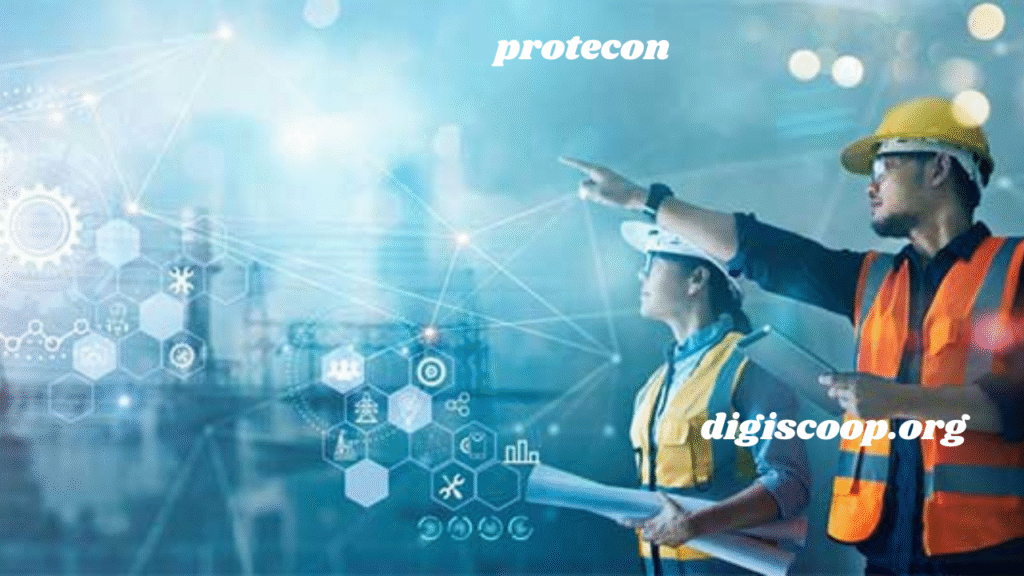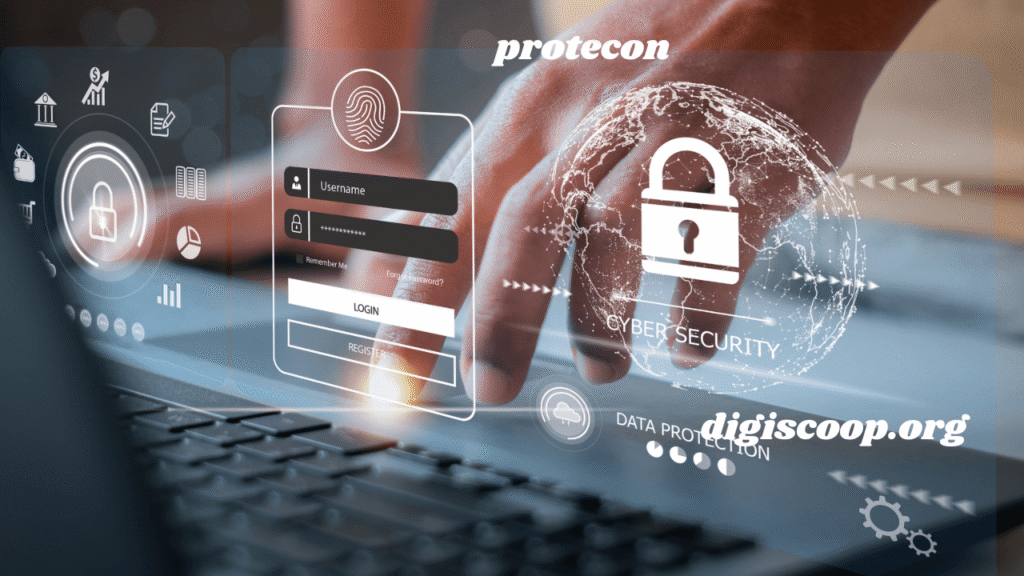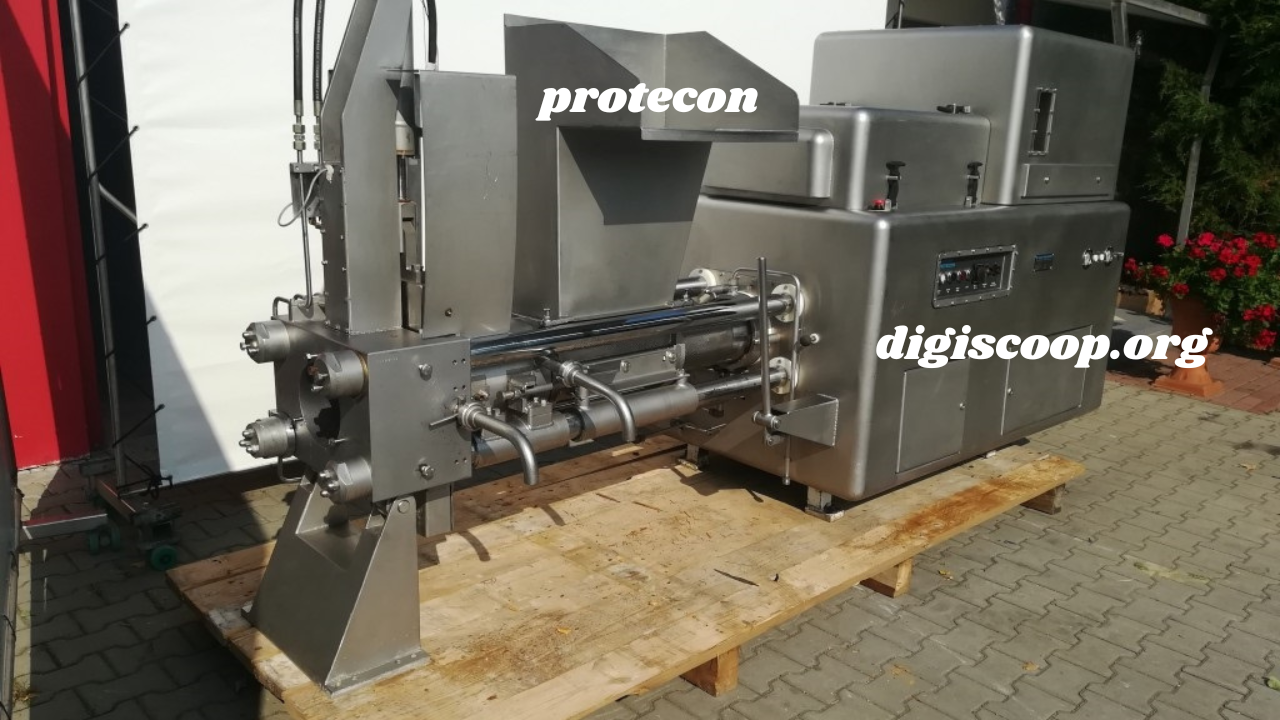Understanding Protecon: What Does It Represent?
“Protecon” has emerged as a term that encapsulates innovation, sustainability, and futuristic technological approaches across diverse industries. While the word may be interpreted differently depending on its context, in its essence, protecon is associated with proactive technology management, protection strategies, and continuous innovation that drives industries forward in a secure, optimized manner.
This concept signifies not just technological integration but also the safeguarding of intellectual, digital, and operational assets within a business ecosystem. Organizations aligned with the protecon philosophy often focus on utilizing modern tools to build stronger operational resilience while adapting to the demands of the rapidly evolving global market.
The Core Principles Driving Protecon, ??

At the heart of protecon lie certain principles that guide its integration into business and technology:
- Proactivity: Anticipating market shifts and challenges before they arise.
- Protection: Ensuring systems, data, and assets remain secure from breaches and inefficiencies.
- Connection: Creating interconnected processes for seamless operation and communication.
- Innovation: Consistently applying new technologies to solve old and emerging problems.
These principles make protecon a compelling strategy for organizations aiming for robust growth while safeguarding their operations and maintaining adaptability in their approach.
Protecon in Modern Industries: Applications and Benefits

Protecon, ?? is not just a buzzword; it has practical implementations across various sectors, including:
- Manufacturing: Integrating protecon within production lines through predictive maintenance and digital twin technology to reduce downtime and optimize resource use.
- Healthcare: Using protecon-based systems for patient data protection, secure telehealth, and efficient patient management.
- Finance: Applying protecon strategies for fraud prevention, secure transactions, and compliance with regulatory frameworks.
- Energy: Managing energy grids and renewable energy operations with protecon principles for better efficiency and reliability.
The benefits of adopting protecon include enhanced operational security, reduced risks of data breaches, optimized resource allocation, and higher customer trust through consistent and reliable service delivery.
The Importance of Security within Protecon, ??

Security is a cornerstone within protecon, ?? as organizations strive to protect sensitive data and critical systems from cyber threats and disruptions. Protecon prioritizes:
- Data Encryption: Ensuring data remains protected both in transit and at rest.
- Access Management: Controlling who can access specific data and systems.
- Regular Audits: Identifying vulnerabilities within systems through consistent testing and analysis.
- Incident Response: Establishing clear protocols for swift resolution in the event of a security breach.
These measures align with the protecon commitment to safeguarding all facets of technological infrastructure within an organization, allowing them to operate with confidence in a digitally driven world.
Protecon’s Role in Supporting Digital Transformation
Digital transformation has become an imperative across industries, and protecon, ?? plays a crucial role in supporting this journey. By focusing on proactive technology integration and robust protection measures, protecon enables:
- Scalable Infrastructure: Supporting growth without compromising system security.
- Agility in Operations: Adapting to market changes through connected and automated systems.
- Data-Driven Decision-Making: Leveraging protected and accurate data for business intelligence.
- Customer-Centric Solutions: Delivering personalized and secure experiences.
Organizations embracing protecon within their digital transformation strategies are better positioned to manage challenges while maintaining operational excellence and meeting customer expectations.
Challenges in Implementing Protecon, ??
While protecon offers substantial benefits, implementing it across organizational structures can present challenges, including:
- Complexity of Integration: Combining protecon frameworks with legacy systems may require substantial time and resources.
- Employee Training: Educating teams about protecon systems, protocols, and cybersecurity practices to ensure system integrity.
- Cost Constraints: Initial investments in technology, protection systems, and training may challenge smaller organizations.
- Evolving Threats: The rapidly changing landscape of cyber threats requires continuous monitoring and adaptation.
Organizations need to address these challenges strategically to fully harness the advantages that protecon, ?? offers.
The Future of Protecon, ??
Protecon is poised for significant evolution as technology advances further, with emerging trends including:
- Artificial Intelligence (AI): Utilizing AI for predictive analytics in protecon frameworks to detect and mitigate threats in real time.
- Blockchain: Enhancing data security and transparency within protecon systems.
- IoT Integration: Connecting devices securely to enhance automation while managing associated cybersecurity risks.
- Sustainable Practices: Integrating protecon strategies that align with environmental and sustainability goals, reducing operational carbon footprints.
The future of protecon will see a seamless blend of proactive management, protection, and innovation, enabling organizations to remain competitive while ensuring operational safety and efficiency.
Case Study Highlights in Protecon, ??
To illustrate protecon in action, consider scenarios such as:
- A healthcare provider implementing protecon frameworks to manage electronic health records securely while enabling telemedicine consultations.
- A manufacturing company using predictive maintenance and real-time monitoring to prevent costly downtimes.
- A fintech startup applying advanced protecon systems to secure financial transactions and customer data, ensuring regulatory compliance while maintaining customer trust.
These examples show how protecon adapts across industries, underlining its relevance in modern organizational growth and resilience.
Why Protecon, ?? Matters Today
In a world driven by technological advances, cyber threats, and the need for operational agility, protecon, ?? has become essential for businesses that aim to sustain growth while mitigating risks. It ensures:
- Protection of sensitive data and assets.
- Proactive adaptation to changing market and technological environments.
- Efficiency and reliability in operations.
- Resilience against cyber threats and disruptions.
By embracing protecon frameworks, organizations are better prepared to navigate the complex landscape of modern business, ensuring they remain secure, competitive, and aligned with the demands of today’s market.
Conclusion: Embracing Protecon, ?? for Sustainable Growth
Protecon, ?? is not just a concept but a commitment toward building a secure, efficient, and innovative organization capable of thriving in a digital-first world. It merges proactive strategies, robust protection measures, and innovative technologies to empower businesses in managing risks, optimizing processes, and supporting customer needs effectively.
As industries continue to evolve, protecon will remain a critical element in ensuring operational resilience while facilitating digital transformation across sectors. Organizations that invest in protecon today position themselves for a future defined by security, agility, and consistent growth in an increasingly competitive landscape.
Also Read : Affivant: Innovation, Identity, and Integration in the Modern Age







